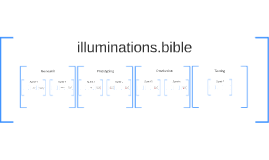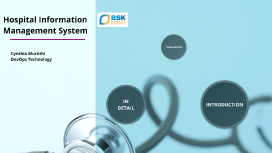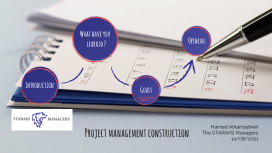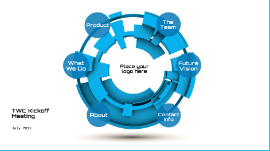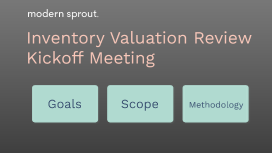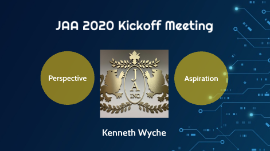Kickoff Meeting
Transcript: Follow-Up Meeting Schedule Action Items Follow-up meetings are scheduled bi-weekly, with the next meeting on March 15th. This regular cadence ensures ongoing communication, addresses challenges, and provides accountability for action items discussed in the kickoff meeting. Each team member is responsible for completing assigned tasks. Specific deliverables include research completion by the end of next week and initial project drafts to be shared by the second meeting. Accountability will ensure progress and clarity. Next Steps The next steps are crucial to ensuring that the project's direction aligns with our goals. Clear action items and a schedule for follow-up meetings will set the stage for success moving forward. Expectations and Goals Setting clear expectations and defining project goals are crucial for team alignment and operational efficiency. Understanding key deliverables and success metrics fosters accountability and guides project execution towards desired outcomes. Key Deliverables Success Metrics Success metrics provide a quantitative basis for evaluating project outcomes. These may include on-time delivery rates, budget adherence, and stakeholder satisfaction scores, which all reflect the effectiveness of the team's efforts and project management. Identifying key deliverables ensures that project milestones are met on schedule. Each team member must understand their contributions, which include project reports, design prototypes, and final deliverables, each aligning with overall objectives and deadlines. Q&A This section focuses on fostering open dialogue and addressing any concerns related to the project. Engaging participants effectively can enhance collaboration and clarify any uncertainties. Open Floor for Questions Team Structure Individual Responsibilities An open floor encourages participation and ensures all voices are heard. This format allows team members to express thoughts and seek clarity on project details. Engaging in dialogue supports understanding and team cohesion. The project team consists of cross-functional members, including project managers, designers, developers, and quality assurance specialists. This diverse structure ensures that all aspects of the project are covered, promoting collaboration and innovation. Each team member is assigned specific tasks aligned with their expertise. For instance, project managers oversee timelines and deliverables, while developers focus on coding and implementation, ensuring a clear path to project completion. Addressing Concerns Addressing concerns transparently builds trust within the team. Mitigating risks and acknowledging challenges fosters a problem-solving mindset. Effective resolution of concerns contributes to overall project success and team morale. Roles and Responsibilities Clearly defined roles and responsibilities are essential for team efficiency and project success. Understanding the team structure lays the groundwork for accountability and effective communication. Team Introductions Understanding team dynamics is crucial for project success. Introducing participants by their roles and departments fosters collaboration and aligns expectations. Participant Roles Departments Represented Each participant brings unique skills and expertise to the project. Clearly defined roles enhance accountability and ensure effective teamwork across various tasks. Diverse departments contribute different perspectives, enhancing the project's overall effectiveness. Understanding each department's function aids in efficient communication and collaboration. Timeline and Milestones Project Scope The scope encompasses various phases including conception, design, and implementation. It outlines the critical tasks to be completed, stakeholder involvement, and resource allocation essential for successful project execution. The project timeline spans six months with major milestones identified at each phase. Key dates include project kickoff, midpoint reviews, and the final evaluation, ensuring a structured approach to tracking progress and accountability. Kickoff Meeting Background Information The project was initiated to address specific needs identified during stakeholder consultations. It aims to leverage existing resources while integrating innovative solutions to enhance efficiency and achieve strategic goals without exceeding budget constraints. Project Overview This section details the essential components of the project, including its background, the scope of work to be undertaken, and key timelines for completion. Understanding these elements ensures everyone is aligned on project objectives and deliverables. Introduction Purpose of the Meeting Kickoff meetings serve as crucial starting points for projects, aligning team members around shared goals and expectations. These gatherings set the tone for collaboration and project success, making them essential for effective teamwork. Agenda Overview The kickoff meeting's primary purpose







